Discover a New Medium Format World: Moving to a Bigger Chip with the Fujifilm GFX50s
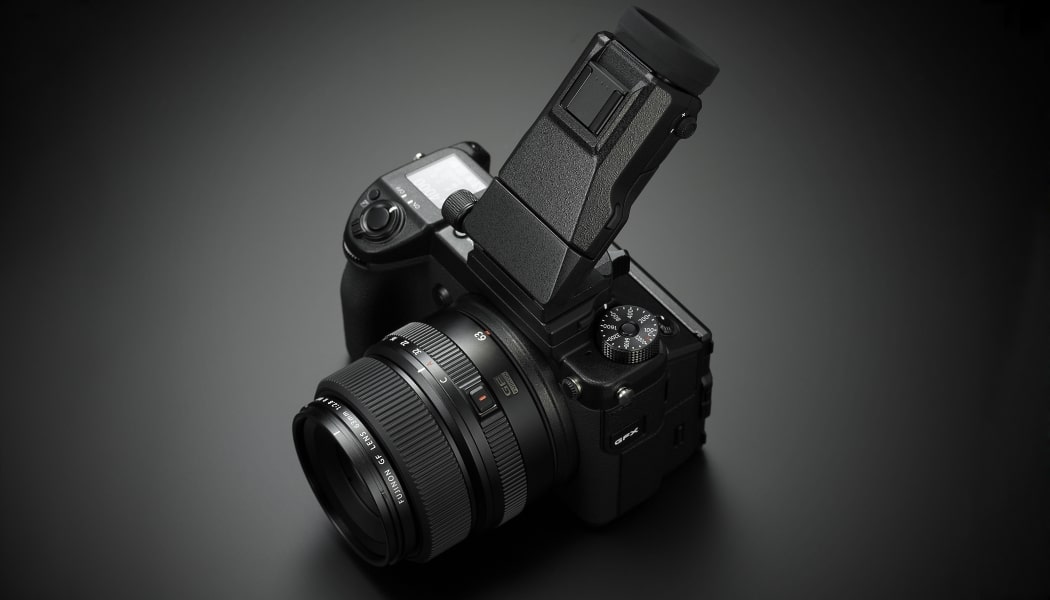
Is chip size really all that important? What does it bring you when you get out to the extremes? Accept our invitation for a ride with a medium format: a camera that has a larger chip than a full frame, and that costs more than a car. Fujifilm GFX50s style.
I won’t be able to avoid technicalities here, but don’t expect a detailed breakdown of specifications or a comparative review. In all honesty, if your work demands buying a camera body that costs $6,500, then you had better know why you need it.
In my opinion the internet doesn’t need another comparison table or set of lab pictures. But I’d like to describe for you what work with a medium format does and doesn’t entail. After all, compared to ordinary cameras, this is a very different user experience.
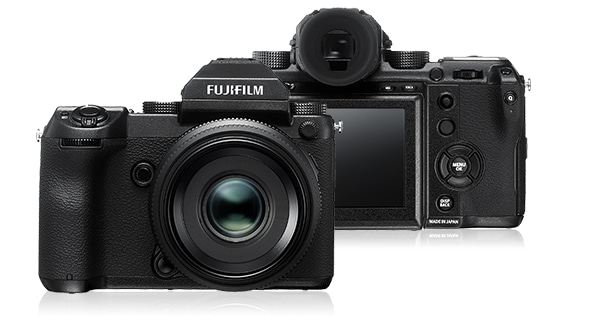
The Medium Format That’s a Little Different
The Fujifilm GFX50s arrived on our desk with a standard lens with a focal length of 63 mm and an f2.8 aperture. If you have some experience with a medium format film camera, then your ears may have perked up here. Isn’t an 80mm lens the standard? Well, it looks like we will have to dive into the specs a bit after all.
What’s going on here is that the size of the sensor in the GFX matches neither normal film frames (i.e. 6 × 9/7/6/4.5 cm) nor the medium format cameras from Phase One and Hasselblad (54 × 40 mm). Fuji’s chip is 44 × 33 mm. So this is a sort of medium-format crop that is just 0.79× relative to classical full-frame cameras.
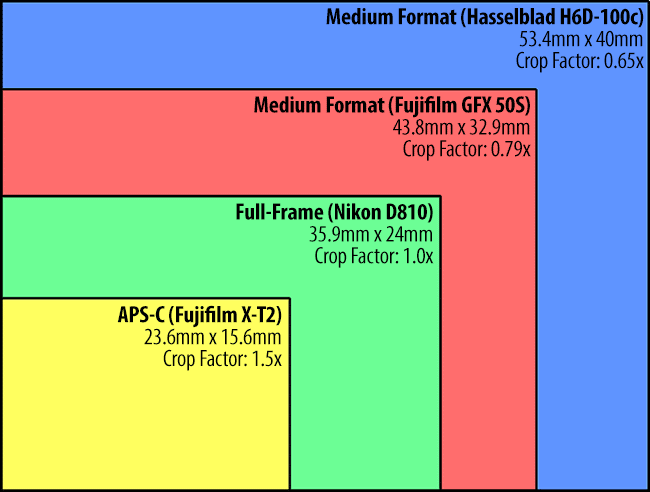
If You Knew and Loved the Praktica…
Since this camera doesn’t have a mirror and relies on an EVF instead, it has retained the weight and size of a slightly large full-frame DSLR such as the Canon 5D. So it’s definitely not a bulky monster. It just has a slightly unusual shape, but it sits wonderfully in your hand, and the bump in the back is a better balance for the bigger lenses.
The controls are, in a positive sense, typical Fuji, based on traditional (you might even say retro) mechanical selectors and switches If you have ever used one the German Praktica cameras, you’ll be right at home. If you only got started with photography in the digital era and you were raised on PSAM modes, you’ll have to think for a bit before you master these controls—but watch out, it’s addictive.
So all that’s left now is to put on the lens and viewfinder, pop in the battery and get started taking pictures. Yes, put on the viewfinder. This is the last of this system’s oddities, because the body’s viewfinder can be taken off to make it a more compact cube. Or you can replace it with a flip-out screen, which you’ll appreciate both in the studio and elsewhere.
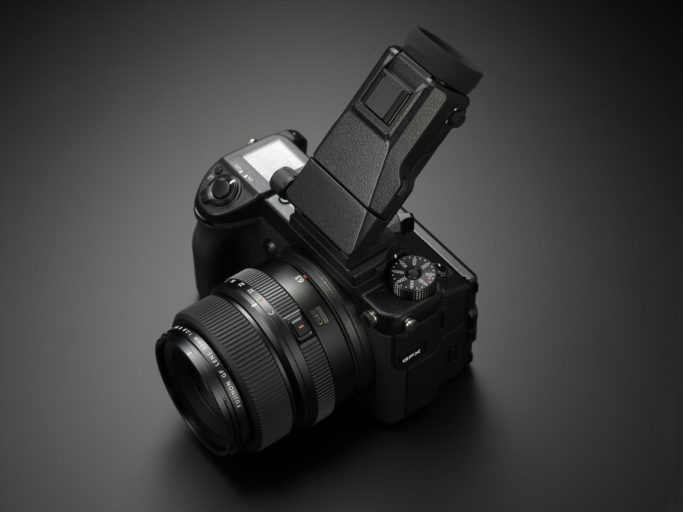
How to Shoot with the Fujifilm GFX50s
After you turn on this camera and take a few pictures, it quickly becomes clear that you’ll need to change how you work. The giant, sharp viewfinder provides an almost overwhelming amount of information. But with the first trigger press, the first limitations begin to appear.
The high-contrast focusing works great in good light, but it’s still not of remotely the same quality as what you can see in the DSLR leading lights. And it brings you backwards by a few years. The slowed-down “chuh-chunk” of the shutter, accompanied by a discernible darkening of the viewfinder, doesn’t give you any chance to shoot in quick succession.
But! This is a different world with different rules, and Fujifilm really is one of the better entries in this category.
Fortunately its mirrorless DNA comes to the rescue here, as the mirror doesn’t “kick,” and moreover the camera behaves the same whether you’re using the display or the viewfinder. So you can place a focus point practically anywhere, zoom in on a focused spot, check the histogram before taking the picture, and more.
Despite this, you do need to slow down compared to the smaller formats. You have to watch to make sure you’ve given the focusing system a sufficiently high-contrast surface, and you have to wait for the right moment.
A larger format easily falls prey to certain physical limitations. More glass is moving along a longer trajectory during focusing, the large sensor demands a larger shutter mechanism, and lastly it has to process a larger quantity of data and store it into the resulting 50MPx RAWs. In their uncompressed form they take up far more than 100 MB, and they contain a wealth of information for further edits in Zoner Photo Studio.
Meet Medium Format Photos
And now we’ve reached what everyone’s probably interested in. Do photos from the GFX have that fabled “medium format look?” What is that look, though? Let’s go through it point by point.
- The 50 MPx resolution is simply wonderful. The details that a chip like this can reproduce are simply stunning. But they are often on the borderline of usability. In these gigantic files, one can see the smallest imperfections, and they beg to be retouched away. Nonetheless, today’s full frame cameras from Sony, Nikon, and Canon have also conquered the 50 megapixel barrier, and so that probably won’t be the main reason to go looking for a medium-format.
- Depth of field is another reason why photographers reach for larger sensors. But if you compare equivalent lenses, calculate the aperture correctly, and take the same picture, you’ll find that with ordinary full frame equipment, you can get smaller depth of field than with a medium format.
- Lens compression is a term that’s often used in connection with the medium format look. People often expect that a standard lens on a medium format (80 mm) will compress the image more than a standard lens on a full frame (50 mm). This is a very common misunderstanding. The lens does not determine the compression. The compression is determined by the distance to the photographed object (it would be more correct to call it perspective). And then it’s just a question of the crop you want for the scene and of the focal length you choose. So if you keep the same shot for both standard lenses, you get the same perspective.
- Dynamic range and the color fidelity and noise level that are related to it are what differentiates these systems. But how is it possible that Sony and Hasselblad also state that they have a 15EV dynamic range? The difference is in the quality of this dynamic range. Just getting detail in a picture’s dark areas is one thing, but retaining their color information in the cleanest possible form—i.e. without noise—is the real point. Portrait photographers really appreciate this for the added skin color gradients, and so do architectural and landscape photographers, who have more room for capturing a scene without needing to use more complicated processes. But this is all really the tip of the iceberg.
The Fujifilm GFX50s: Wonders and Worries
A medium format doesn’t offer miraculous quality and won’t expand your photography possibilities in one great leap. It doesn’t offer anything that you wouldn’t be able to obtain (to some degree) with smaller formats. On the contrary, in some sense it offers you more trouble than freedom. But despite all this, in certain specific situations it offers extra results that can make your life easier in post-production.
And the Fujifilm GFX, meanwhile, offers an affordable entry into medium format. That may sound strange, but when you compare it it to the costs of a Phase One or Hasselblad, which are many times higher still, it all starts to make sense.
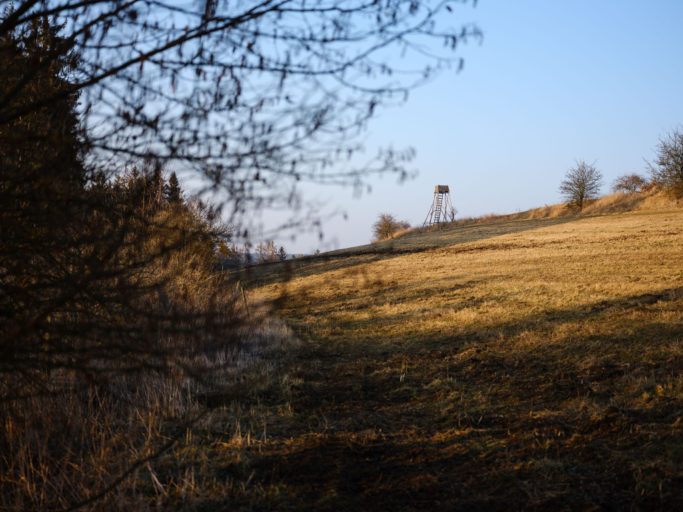
What do you think? Are the technological advancements in the areas of mirrorless cameras and of processors enough to overcome the disadvantages of medium format? Can they bring the price down to a level acceptable even for ordinary mortals? It’s rumored that Fujifilm will soon introduce a cheaper version that will approach competitiveness with its full-frame equivalents.
Or is this a dead end, and will we see a move towards miniaturization due to a lack of good arguments for big chips? Share your opinion with us in this article’s comments or on our facebook page.
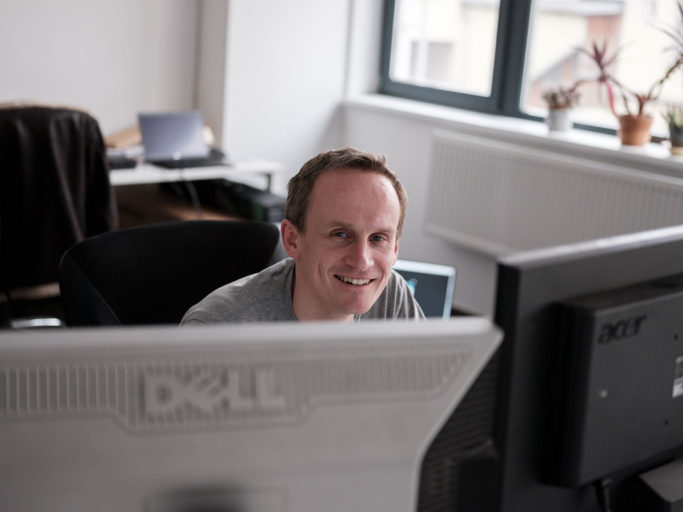
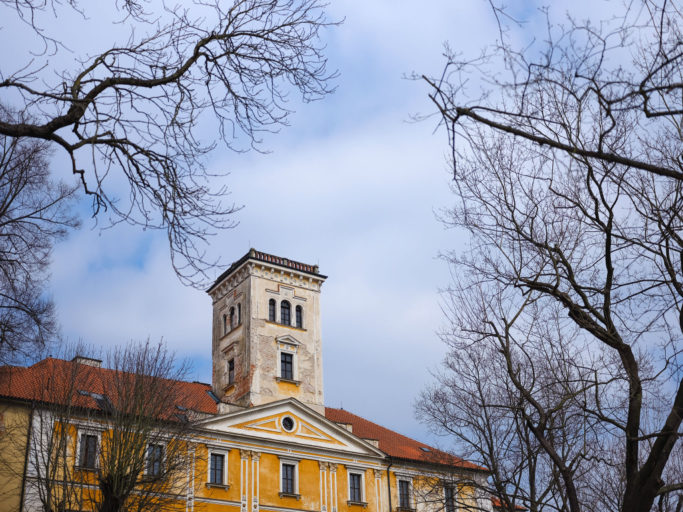



There are no comments yet.